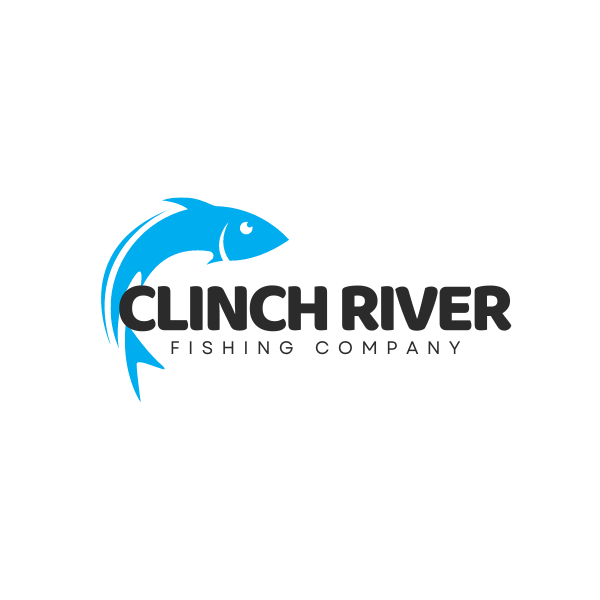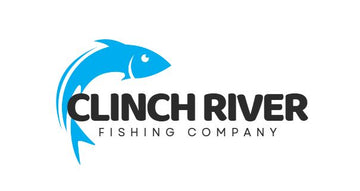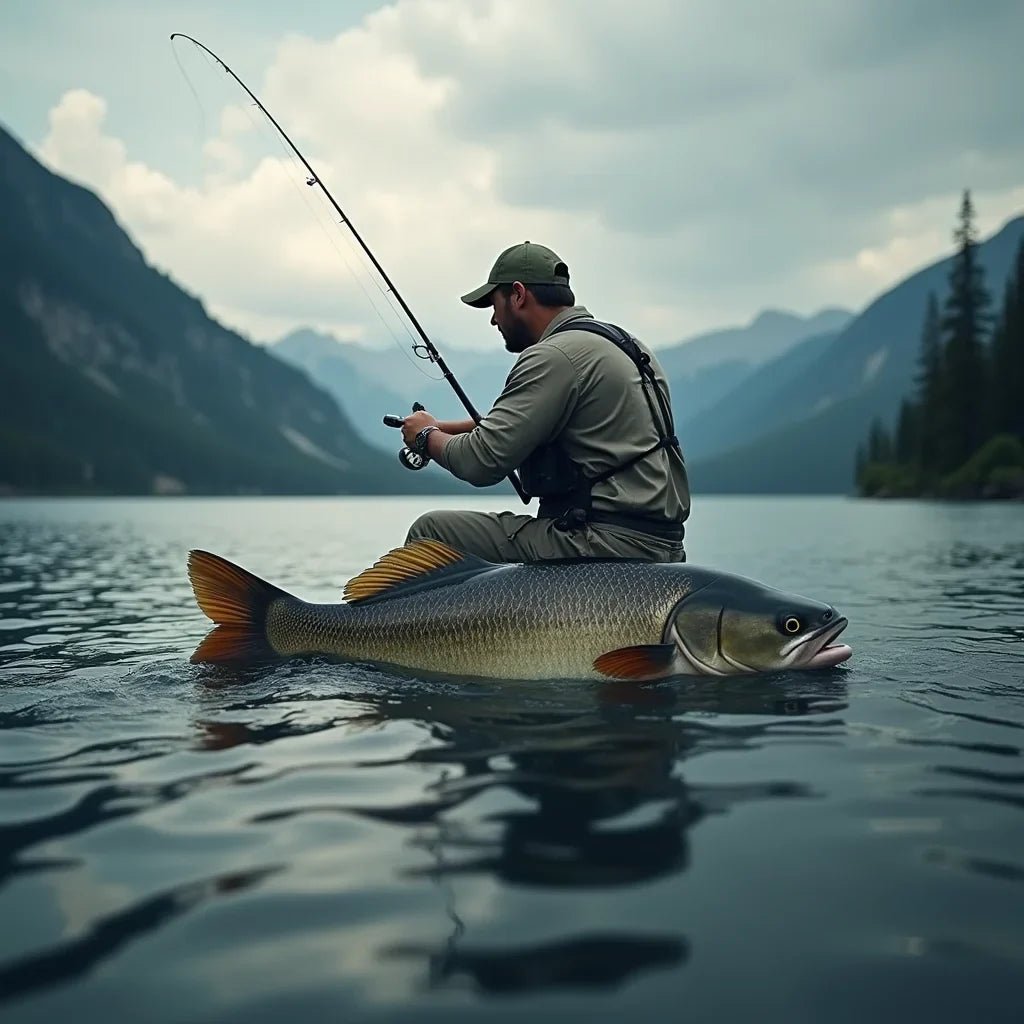Updated on: 2025-10-10
Table of Contents
- A Gentle Introduction to Fishing for Relaxing Angling and Recreational Fishing
- Did You Know? Fishing Facts That Inspire Angling and Recreational Fishing
- Comparison: Pros & Cons of Popular Fishing Styles
- Buyer’s Checklist for Fishing Tackle and Beginner Gear
- How to Start Fishing Step by Step
- Best Time of Day and Conditions for Fishing
- Finding the Best Fishing Spots Near Me
- Final Thoughts & Advice for a Safe, Enjoyable Fishing Day
- Questions and Answers About Fishing
A Gentle Introduction to Fishing for Relaxing Angling and Recreational Fishing
Fishing can be a peaceful way to slow down, connect with nature, and learn a practical outdoor skill. Whether you are curious about angling at a local pond or ready to try recreational fishing on a quiet river, this guide offers simple, beginner-friendly steps. You will find clear advice on choosing fishing tackle, understanding the basic differences between spinning, bait, and fly fishing, and locating welcoming waters near you. If you prefer to learn with local expertise, you may explore helpful resources from the Clinch River community.
Did You Know? Fishing Facts That Inspire Angling and Recreational Fishing
- Calm focus matters more than strength. Light tackle and smooth movements are often enough to land many freshwater fish.
- Short practice sessions help. Ten minutes of casting in an open space can improve your accuracy and confidence.
- Observation often beats luck. Watching water clarity, wind, and subtle surface movement can guide smarter casts.
- Simple rigs catch fish. A basic hook, small split shot, and a bobber can be very effective in freshwater lakes.
- Fly fishing is not only for experts. With a patient mindset and a few lessons, beginners can enjoy it in small streams and ponds.
Comparison: Pros & Cons of Popular Fishing Styles
Spinning tackle: pros and cons
- Pros: Easy to learn; versatile for lures and live bait; great for lakes and rivers; affordable entry-level options.
- Cons: Line twist is possible; light lures may be harder to cast in strong wind.
Bait fishing: pros and cons
- Pros: Very effective for beginners; bobber setups are easy to see; ideal for relaxed outings and family trips.
- Cons: Live bait needs care; some locations have restrictions; can attract unwanted species.
Fly fishing: pros and cons
- Pros: Highly engaging; delicate presentations; rewarding on clear streams; offers a deep connection to aquatic insects and seasons.
- Cons: Casting takes practice; specialized gear can cost more; wind can be challenging.
Buyer’s Checklist for Fishing Tackle and Beginner Gear
This buyer’s checklist is meant to be simple and friendly. It can help you avoid overwhelm while picking your first setup.
- Rod and reel combo: A 6’6” to 7’ medium or light spinning combo is gentle to learn and fits many freshwater situations.
- Fishing line: 6–10 lb monofilament is forgiving and easy to tie; it also floats a bit, which helps with bobber rigs.
- Hooks: Small sizes (e.g., 6–10) for panfish and trout; slightly larger (2–4) for bass-friendly baits.
- Terminal tackle: Assorted split shot, bobbers, and barrel swivels to manage depth and reduce twist.
- Lures: Inline spinners, small crankbaits, soft plastics on jig heads; select natural colors for clear water.
- Bait: Nightcrawlers or corn for panfish and trout where allowed; always check local rules.
- Tools: Needle-nose pliers, small scissors or line clippers, and a basic tackle box or pouch.
- Safety: Polarized sunglasses for eye protection and better visibility; lightweight sun protection and hydration.
- Local knowledge: Browse a local blog for current insights on patterns and access tips.
How to Start Fishing Step by Step
If you are asking, “How do I start fishing as a beginner?”, this step-by-step outline keeps things calm and clear.
Step 1: Choose a simple location
Pick a small pond or gentle bank on a lake with clear access. Areas near inlets, vegetation edges, or docks often hold fish. Try to arrive during a quieter time to reduce distractions.
Step 2: Pick beginner-friendly tackle
Use a light or medium-light spinning combo with 8 lb mono line. Add a small clip-on bobber, a size 8 hook, and a bit of split shot. This straightforward setup works well for panfish and stocked trout.
Step 3: Learn two easy knots
Practice the improved clinch knot for tying hooks and lures, and the double uni knot for connecting lines. These two cover most beginner needs and help prevent unexpected break-offs.
Step 4: Bait and basic rigs
Thread a small piece of worm on the hook or rig a soft plastic on a 1/16 oz jig head. Start with the bobber set so the bait hangs just above visible weeds or structure. Adjust depth until bites become consistent.
Step 5: Practice a smooth cast
Use a relaxed, sidearm cast. Aim slightly upwind so the line lays out gently. Pause briefly before closing the bail to keep the line from looping over the spool’s lip.
Step 6: Handle and release gently
Wet your hands before touching a fish, keep it over the water, and support it low. For quick releases, use pliers to back the hook out with minimal handling.
Step 7: Log observations and leave no trace
Note time of day, weather, water color, and what worked. This helps build your own beginner fishing tips for freshwater lakes. Pack out any line or trash so the spot stays welcoming for everyone.
If you would value friendly guidance for your first outing, a short message to the contact page of a local guide can be reassuring.
Best Time of Day and Conditions for Fishing
People often ask, “What is the best time of day to go fishing?” While it varies by species and water, early morning and late afternoon are usually gentle, productive windows. Light is softer, temperatures are milder, and fish often cruise the shallows to feed.
- Morning: Calm air helps casting and topwater lures. Look for subtle surface dimples near weed lines.
- Afternoon: As the sun softens, try shaded banks, docks, or areas with a light breeze on the water.
- Cloud cover: Overcast skies can extend feeding periods by reducing glare and shadows.
- Wind: A slight ripple is helpful; heavy wind calls for heavier lures and wider, safer stances.
- Water clarity: After rains, brighter or louder lures may stand out better in stained water.
If you enjoy deeper reading on local patterns and gentle techniques, the about section of a trusted outfitter can offer context on waters and seasons without pressure.
Finding the Best Fishing Spots Near Me
When searching for the best fishing spots near me, consider a thoughtful approach:
- Public access first: City ponds, park lakes, and public piers are welcoming places to learn.
- Observe before casting: Look for bait activity, birds, insect hatches, or gentle current seams.
- Structure matters: Weed edges, drop-offs, downed logs, and inflows create natural fish ambush points.
- Quiet corners: Areas away from heavy foot traffic can hold relaxed fish, especially in clear water.
- Local guidance: Short, respectful conversations with staff at a nearby tackle shop often reveal helpful, ethical tips.
For visitors curious about calm tailwater rivers and clear streams, browsing the blog of a local operator can provide timely, low-stress pointers.
Final Thoughts & Advice for a Safe, Enjoyable Fishing Day
Fishing rewards patience and gentle attention. Start simple, observe often, and refine one small skill at a time. A basic spinning setup, light line, and a few lures can carry you through many peaceful mornings. If fly fishing interests you, try it in short sessions, perhaps with a brief lesson or a quiet practice on grass. Safety, courtesy, and care for the water will guide you well on every trip.
If you would like calm guidance in a scenic setting, you can explore local trip ideas through the about page or the home page of a trusted regional guide.
Questions and Answers About Fishing
How do I start fishing as a beginner?
Begin with a light spinning combo, 8 lb monofilament, and a simple bobber-and-worm rig. Visit a small pond with clear access, practice a smooth sidearm cast, and focus on calm observation. Keep notes on what you see and what works. This gentle approach reduces frustration and builds consistent progress.
What is the best time of day to go fishing?
Early morning and late afternoon are often the most comfortable and productive windows. Softer light helps fish feed near the surface and along structure. On overcast days, feeding can stretch longer. Adjust lure size and color to match water clarity and wind.
Is fly fishing harder than spinning for beginners?
Fly fishing has a learning curve, especially in casting timing. Spinning gear is usually easier to start with because the reel manages the line for you. If fly fishing appeals to you, consider a short, friendly lesson and practice with a few basic casts on open grass before heading to the water.

Owner and CEO of Clinch River FIshing USA. A marine electroncs, fishing and outdoor store.

